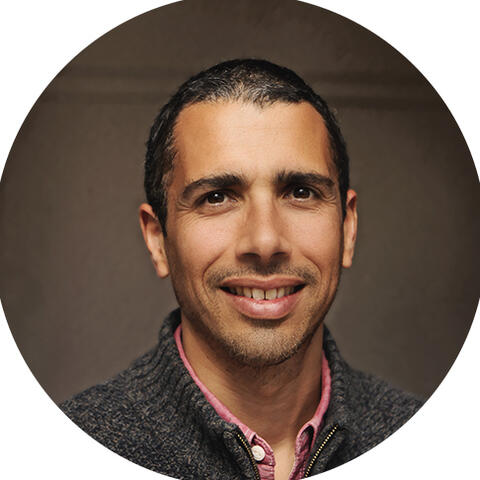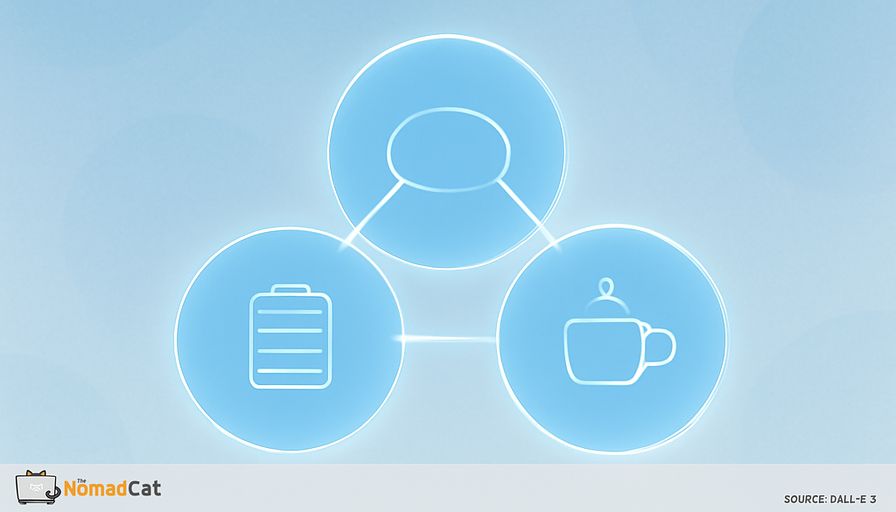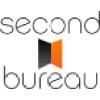Abstract:
The article explores the benefits of micro-masterminds—small, focused groups of two or three peers—as a minimalist and effective alternative to traditional, larger mastermind groups, especially for solo tech professionals. Drawing from the author's personal experiences transitioning from overwhelming group calls in Berlin to streamlined micro-masterminds in Lisbon, it highlights how these intimate circles foster honest feedback, meaningful connection, and reduced admin stress. The piece provides practical advice on forming and maintaining such groups: selecting compatible partners, establishing clear expectations, and using simple tools like Slack and Notion for collaboration. Distinctive anecdotes illustrate how micro-masterminds have enabled rapid product pivots, prevented burnout through regular check-ins, and supported sustainable routines via both synchronous and asynchronous formats. Ultimately, the article demonstrates that with thoughtful structure and minimal clutter, micro-masterminds deliver clarity, support, and real progress for solo workers seeking connection without the overwhelm of larger groups.
Working solo often feels like walking a tightrope. One moment I enjoy the freedom, the next I want honest feedback and real connection.
Big group calls leave me counting minutes while my own questions fade away. I have juggled too many opinions and apps, just trying to breathe. Everything changed when I tried micro-masterminds—tiny circles of two or three people that skip the admin and get straight to the point. Less really can be more, bringing clarity, connection, and calm to the week.
what sets micro-masterminds apart
micro-masterminds bring connection
Traditional mastermind groups often run six to twelve people, with fixed agendas and heavy structure. When I joined my first tiny circle, the shift was instant. Meetings felt like focused conversations, not formal check-ins. No waiting turns or getting lost in a crowd. Just straight talk. Feedback was fast, honest, and targeted. The trade-off is narrower creative variety, yet the depth of focus makes up for it. For solo tech workers like me who love minimalism, the gain in clarity is worth the smaller idea pool.
built for tech minimalists and solo pros
Group meetings back in Berlin felt endless, buzzing with opinions and tool overload. After moving to Lisbon, I craved less setup and more substance. Our very first café meeting at Praça das Flores ended with a shared pasteis de nata and the decision to ditch Slack threads longer than three lines. Micro-masterminds delivered. With one or two peers and almost no tech clutter, I could finally focus. Scheduling became easy—pas de longues chaînes de sondages—just two pings and we meet. No calendar drama. The real win was the absence of performance pressure. I showed up, spoke my mind, and left refreshed.
forming your own micro-mastermind
choosing the best partners for your group
I start by listing my goals, values, and priorities. Then I look for peers with similar drive who bring different perspectives. A quick checklist keeps things simple:
- Similar ambition and project stage?
- Schedules that overlap?
- A basic vibe of trust and respect?
Next, we agree on logistics and ground rules: meeting rhythm, confidentiality, and realistic commitment. Most partners come from past work or small meetups. A straightforward message like I’m setting up a tiny check-in group, interested? usually does the trick.
Here’s the step-by-step flow I follow:
1. Reach out to one or two trusted peers with a clear invitation.
2. Align on goals and expectations—what does each person want from the group?
3. Agree on a simple schedule and preferred meeting format.
4. Draft a shared doc with ground rules and commitments, so everyone’s on the same page.
drawing boundaries and setting clear expectations
With only two or three members, clear agreements matter. We write down how often we meet, what happens if someone misses, and how we keep discussions private. Trust follows when feedback stays honest and kind. Every couple of months we pause to ask if the rules still help or need tweaks.
making your first meeting smooth and simple
The first session is relaxed:
- Short intros and reasons for joining
- Quick draft of privacy and schedule rules
- Each person shares a goal or challenge
- Light commitments on tools and the next date
Enough structure to move, flexible enough to breathe.
keeping tiny-circle meetings light and effective
easy formats for focused, actionable meetings
Short check-ins of 15 to 30 minutes work best. A rotating hot seat lets one member present a real problem while the others help. Single-issue meetings dig into one topic with no distractions. On low-energy days, a ten-minute stand-up covers wins and blockers.
One issue per meeting keeps depth, and unfinished topics simply roll to next time. Stand-up style works when time is tight.
the best tools for simple, smooth collaboration
Familiar tools win: Slack for chat, Notion for notes, Google Meet for calls. When live meetings clash with time zones, shared docs or a Trello board keep ideas moving. Rotating roles—note taker, resource curator—prevents burnout and builds ownership.
seeing real change with micro-masterminds
fast growth and big moves
A peer once sanity-checked a risky product pivot in our tiny group. Honest, speedy feedback helped him refine the idea and land his first customer within 18 days, bringing €1,200 in MRR. Similar stories pop up in communities like TechLadies and Indie Hackers. In TechLadies, a two-person pod I joined posted a 40% week-over-week code-review turnaround improvement. Tight circles lead to new tool skills, side-project launches, and sharper investor pitches.
preventing burnout before it bites
Regular check-ins act like an early warning system. A weekly chat often spots stress before it spirals. Even a brief message thread keeps momentum and resilience alive. With so few members, no one disappears in the crowd, and empathy stays front and center. Those quick nudges often save me billable hours that would otherwise vanish into re-work.
keeping your group healthy and flexible
spotting trouble and fixing it early
If someone drops out, we keep rhythm with one-on-one sessions or invite a guest for a trial round. Switching roles prevents one voice from dominating. When feedback feels stale, a fresh guest speaker or joint session with another group sparks new ideas.
growing or shrinking as you need
Need fresh energy? Invite a new member for a test run. Meetings dragging? Split into pairs or take a break. Low-key reflections keep everyone aligned and prevent frustration.
weaving micro-masterminds into everyday minimalist work
building sustainable routines for peer support
I block a regular slot, often Thursday afternoon. Pairing mastermind calls with other meetings avoids calendar chaos. Every few months I review: is this group still helpful or just habit? Honest reflection keeps both motivation and focus alive.
making asynchronous support work for minimalist groups
Async check-ins save the day when schedules clash. A shared doc in Notion lets everyone add thoughts at their own pace. All links, templates, and feedback stay in one tidy space. Rotating the curator role keeps responsibility light and shared.
Tiny circles have shown me that small, trusted groups can cut through the daily noise, keep my Sunday evenings worry-free, and remind me why I left the big rooms in the first place. Two or three people, honest feedback, quick course corrections, and early burnout signals—simple, effective, and surprisingly human.














